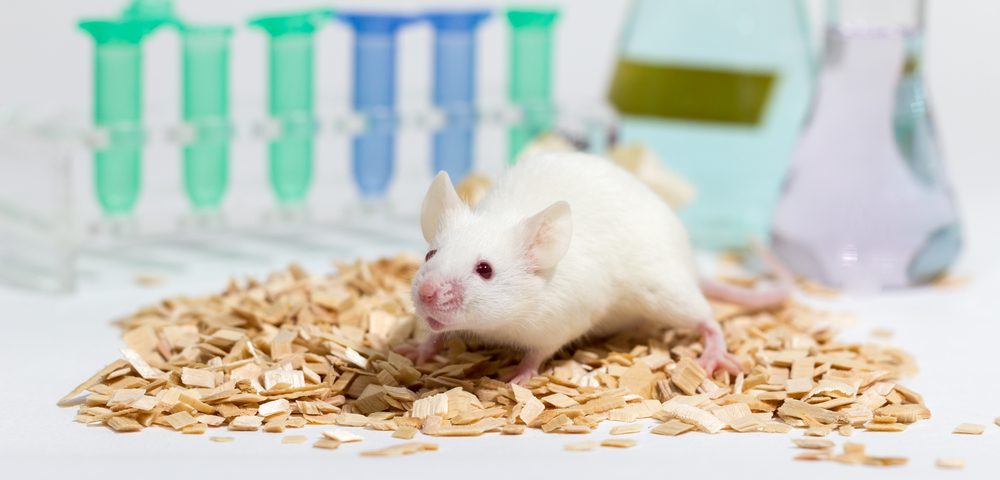Researchers at the NYU Langone Medical Center and the Dana Farber Cancer Institute found that combining radiation therapy with immunotherapy may significantly improve outcomes in non-small cell lung carcinoma (NSCLC). The findings were published in JCI Insight in a study titled “Synergy of radiotherapy and PD-1 blockade in Kras-mutant lung cancer.”
Radiation therapy is commonly used to manage NSCLC, reducing tumor size and improving patients’ symptoms. However, most subjects eventually relapse and become metastatic following radiation therapies.
Some studies have shown that radiation therapy not only kills cancer cells by inducing DNA damage, it also promotes the recruitment of immune cells to the tumor sites. Therefore, using immunotherapy could potentially enhance radiation therapy’s effects and improve survival.
Recently, two immunotherapies targeting the PD-1/PD-L1 pathway were approved for NSCLC, as they remove the brakes on the immune cells and allow for improved anti-tumor T-cell responses. However, there is a need to better understand how these immunotherapies can be combined with traditional radiation therapy to improve patients’ outcomes.
Researchers used a genetically engineered mouse model of NSCLC holding a Kras mutation and treated these animals with radiation therapy and anti-PD-1 therapy.
The team, led by Alec Kimmelman and Kwok-Kin Wong, showed that anti-PD-1 therapy, when combined with radiation, was beneficial in tumors that had never been subject to radiation, inducing up to 70 percent tumor reduction which persisted for 12 to 17 weeks. However, when the tumors had already relapsed after radiation, the combination therapy further inhibited immune cells and mice showed continuous tumor growth.
The tumor suppressor Stk11/Lkb1 (serine/threonine kinase 11/liver kinase B1) is mutated in approximately 20 percent of all NSCLC cases. Therefore, the authors investigated whether combining radiation therapy and PD-1 blockade in NSCLC with loss of Stk11/Lkb1 had a similar therapeutic effect. But radiation therapy alone held better results in these animals than in combination with the PD-1 antibody.
This study provides new evidence that combined radiation therapy and immunomodulatory therapy with anti-PD-1 may be a promising approach for patients with NSCLC with a Kras mutation. The findings in a murine lung cancer model may help develop new studies in humans to evaluate the combination of both treatments.


